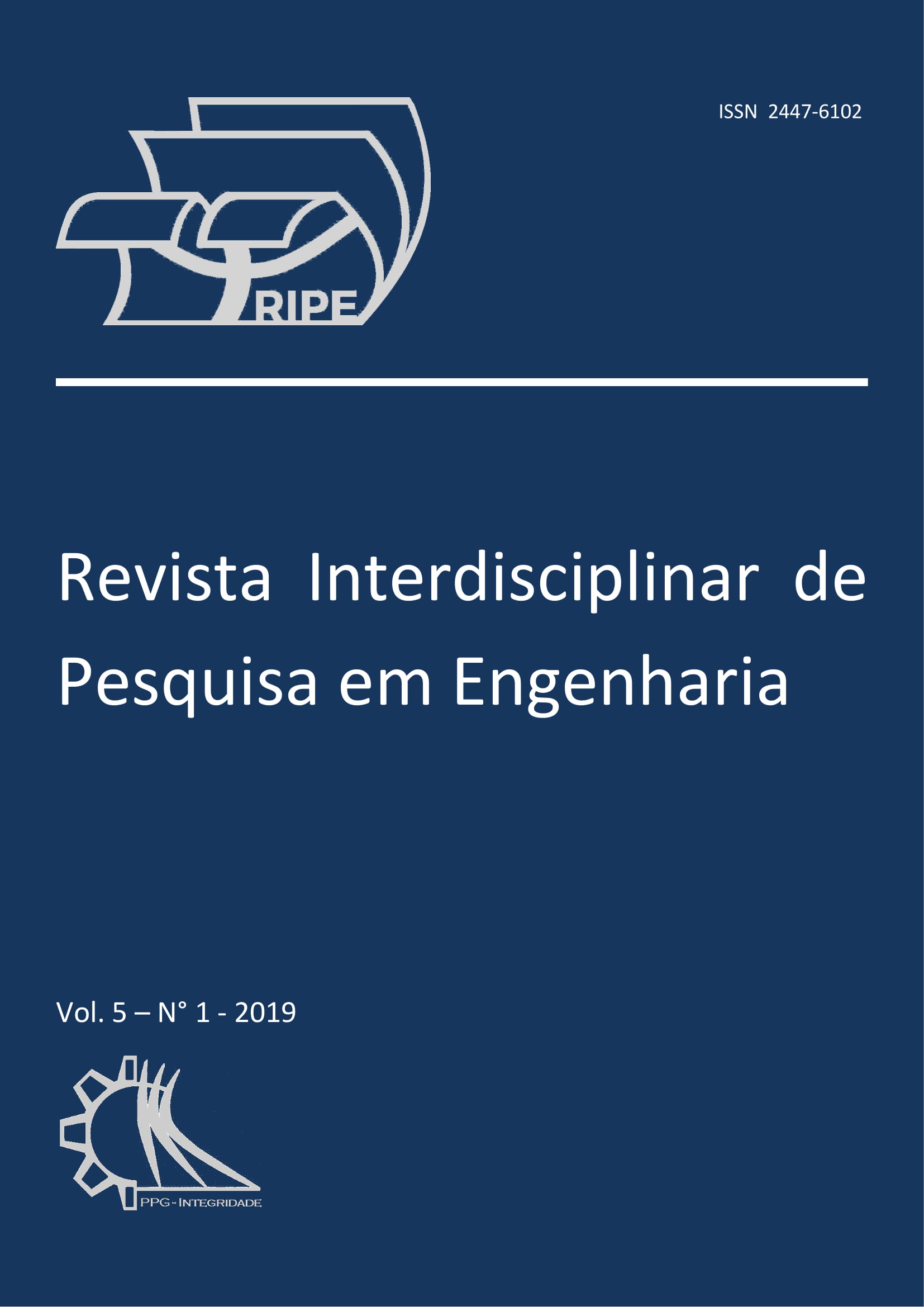Computational simulation employment to energetic efficiency improvement at a refrigeration system
DOI:
https://doi.org/10.26512/ripe.v5i1.19244Keywords:
Energy efficiency. computational simulation. variable speed drives. industry refrigeration.Abstract
Aspects in relationship to the maximization of energy efficiency in industrial installation is a topic of high importance, due to actually exists onerous tariffs of electric energy and any reduction of consumption of this, result in great improvements not just for the industry, but also to the energetic matrix of the country, since large refrigeration units have a high electrical energy consumption. Moreover, with this improvements, in some cases, can be possible achieve through changes in operations conditions, reduction in the consumption of electrical energy. Thereby, this study has the objective to point action to improve the energy efficiency of a refrigeration system that uses NH3 of a refrigerated warehouse, through the use o mathematical modeling and computational simulation of the system in analyze, utilizing the software EES (Engineering Equation Solver) as a tool to mathematical modeling and do the computational simulations. Furthermore, the electrical motors of the evaporators and condensers are drive with VSDs (variable speed drives). Thus, were evaluated different conditions of regime temperature operation and values of frequency of the VSDs, with aim of obtain the smallest electrical energy consumption, in order to meet the specific conditions of running of the installation. It was identified that the refrigeration system has some water contamination that also impact the consumption of electrical energy. This study demonstrated that without realize none structural modification the refrigeration system, is possible reduce in 9,3% the consumption of electric energy.
Downloads
Published
Issue
Section
License
Given the public access policy of the journal, the use of the published texts is free, with the obligation of recognizing the original authorship and the first publication in this journal. The authors of the published contributions are entirely and exclusively responsible for their contents.
1. The authors authorize the publication of the article in this journal.
2. The authors guarantee that the contribution is original, and take full responsibility for its content in case of impugnation by third parties.
3. The authors guarantee that the contribution is not under evaluation in another journal.
4. The authors keep the copyright and convey to the journal the right of first publication, the work being licensed under a Creative Commons Attribution License-BY.
5. The authors are allowed and stimulated to publicize and distribute their work on-line after the publication in the journal.
6. The authors of the approved works authorize the journal to distribute their content, after publication, for reproduction in content indexes, virtual libraries and similars.
7. The editors reserve the right to make adjustments to the text and to adequate the article to the editorial rules of the journal.










